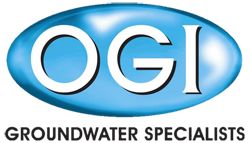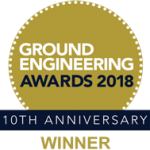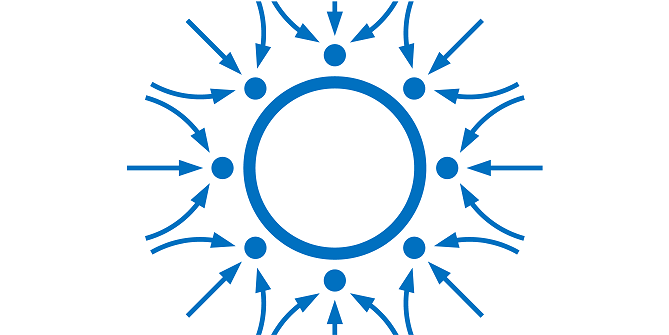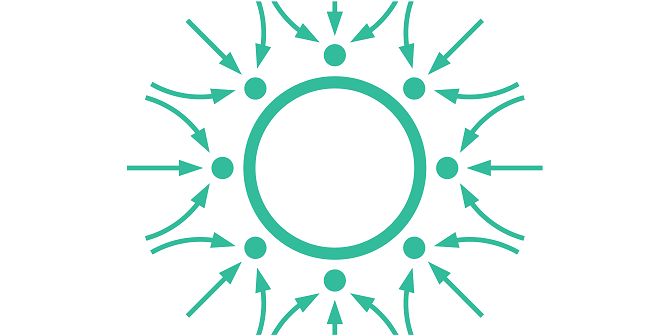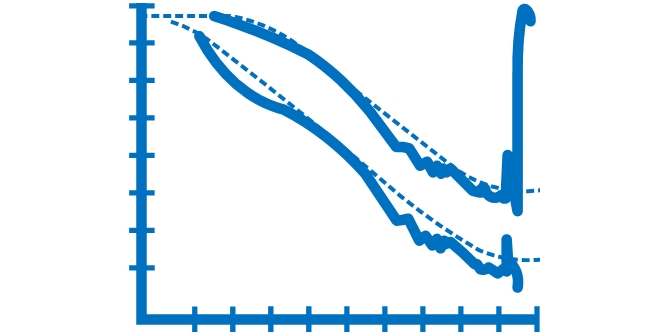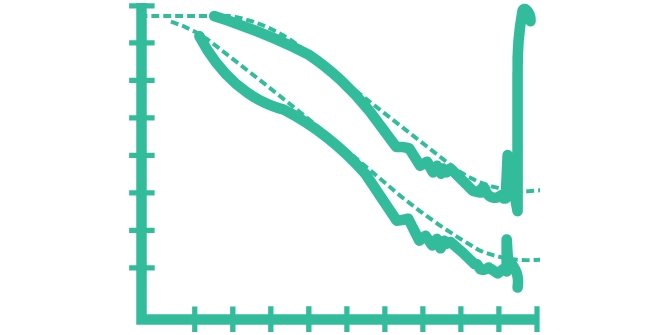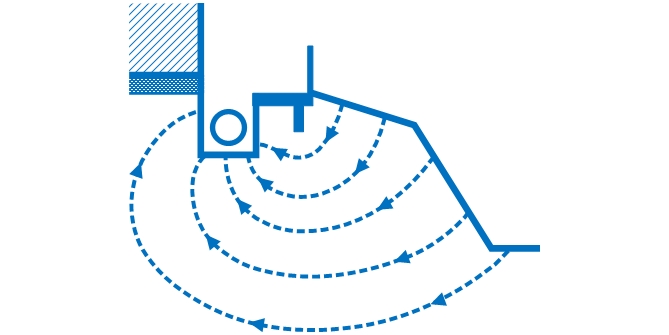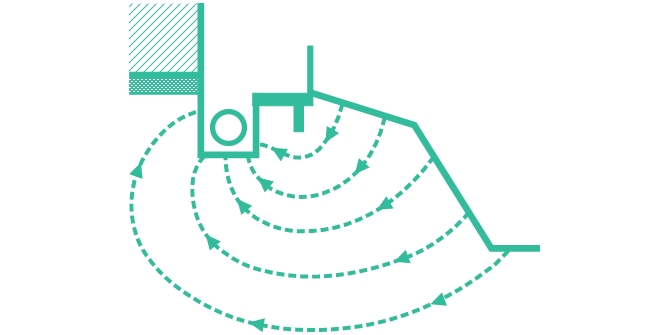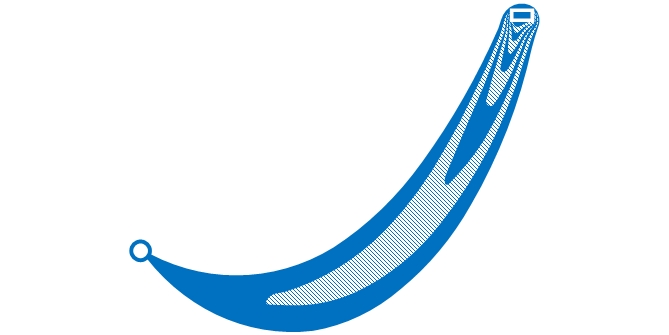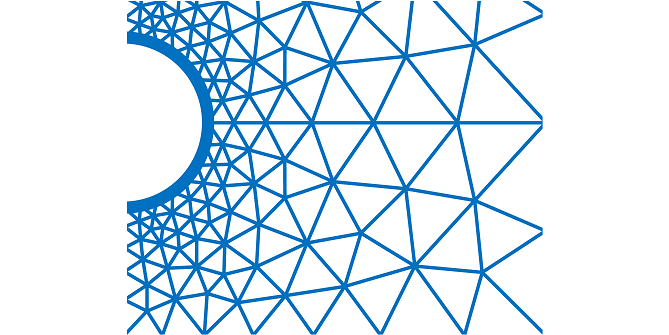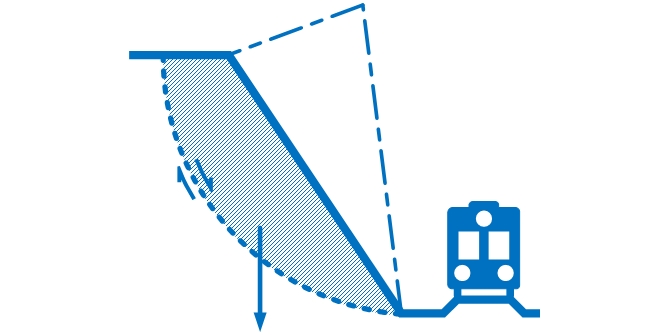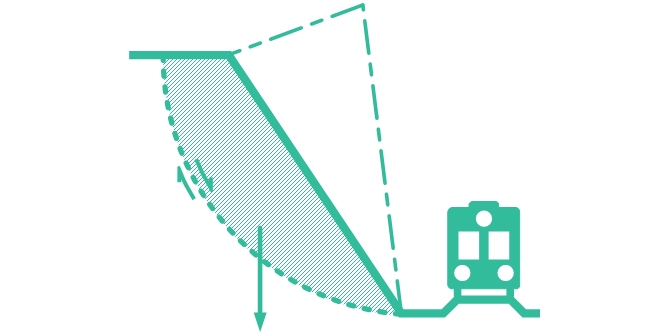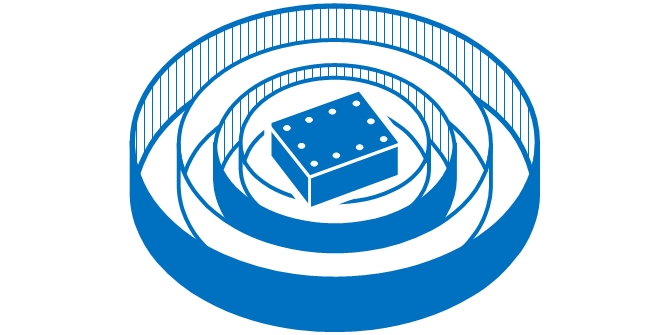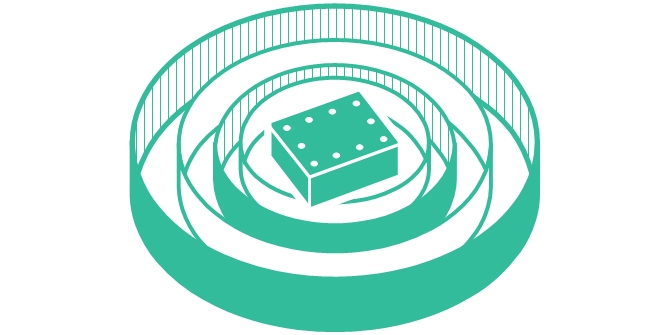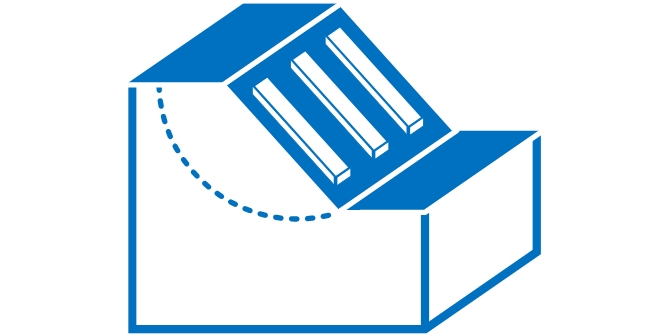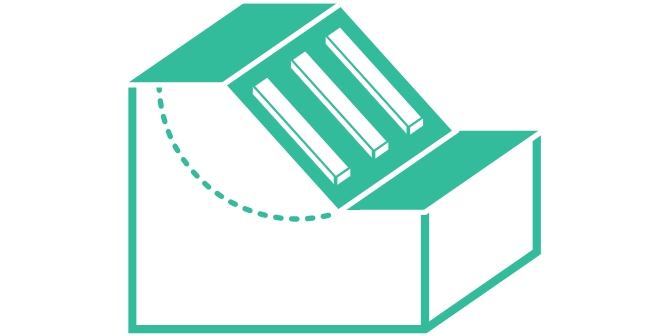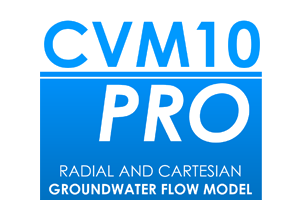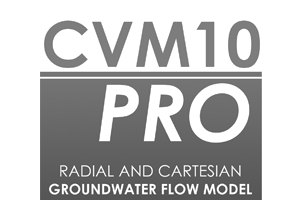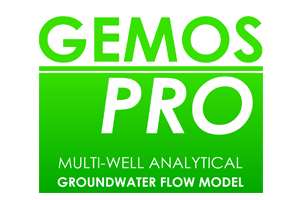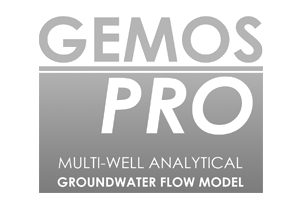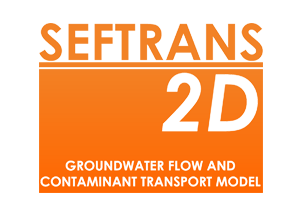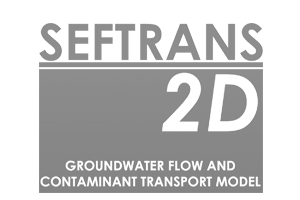OGI uses in-house and commercial computer modelling packages to analyse and simulate a large range of groundwater or geotechnical problems encountered in the construction industry.
OGI’s modelling services can be utilised as part of a design service, such as during the design of a groundwater control system, or as standalone service where specialist consultancy is required.
OUR COMPUTER MODELLING SERVICES
Multi-Well Analysis for Groundwater Control Design
OGI use in-house software (GEMOS) to simulate the performance of multi-well groundwater control systems.
The software is based upon the well flow equations, and uses superposition to calculate groundwater head across a 2D plan view coordinate space.
OGI use GEMOS to estimate well flow rates, the required head in the wells to reach the target groundwater level below an excavation, and the required wetted length in the well to ensure the performance of the system.
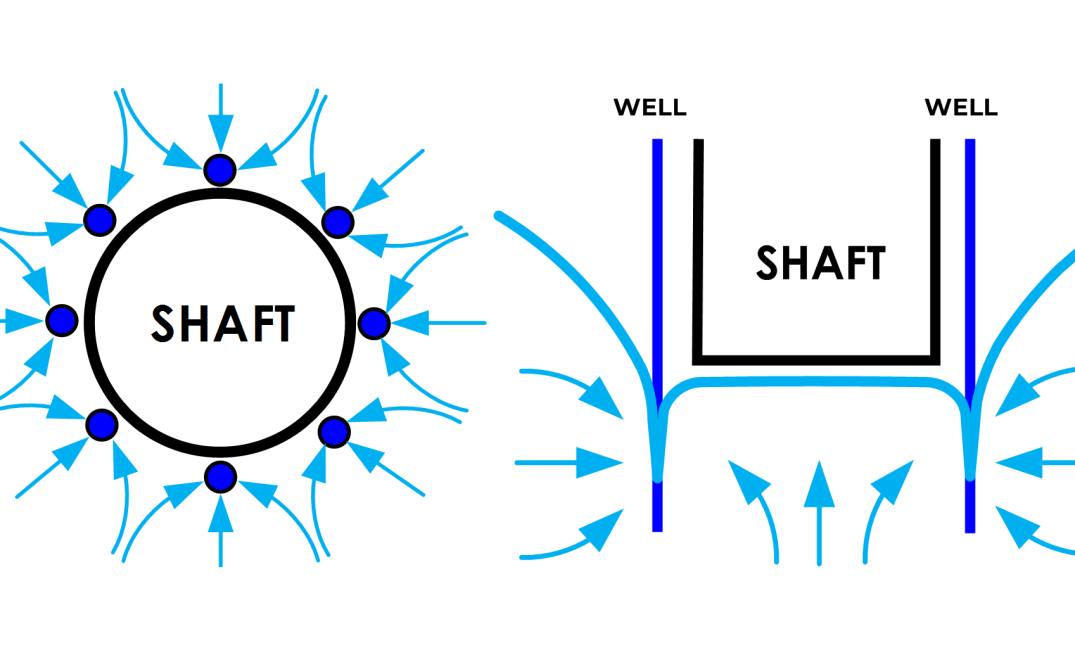
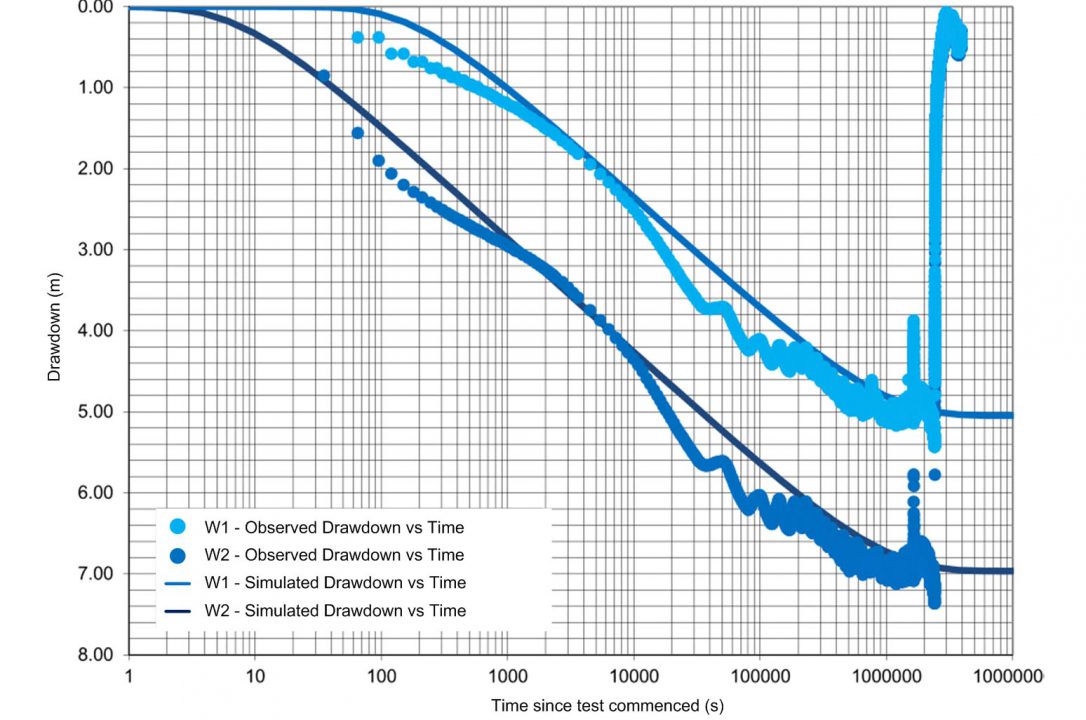
Aquifer Pump Test Analysis
OGI can analyse aquifer pumping tests using OGI’s in-house radial finite element model CVM10-PRO. Aquifer pumping tests are used to establish the in-situ hydro-geological properties of the ground such as permeability and storage coefficient. These parameters are then utilised in the efficient design of groundwater control systems.
CVM can be used to simulate a transient groundwater response, which can be used to simulate the drawdown at an observation well during a pump test. It can also simulate drawdown vs. distance for transient and steady state conditions.
CVM10-LITE, a free to use version of the software, can be downloaded from the OGI website.
2D Groundwater Flow Analysis
OGI can undertake 2D cartesian or radial groundwater flow analysis using commercial finite element software such as Geostudio SEEP/W or PLAXIS 2D PlaxFlow.
OGI can solve a number of common groundwater engineering problems such as:
- Assess the feasibility of groundwater cutoff walls by simulating the total groundwater flow into the excavation.
- Sensitivity analysis of soil permeabilities to assess a range of possible groundwater flow rates during dewatering.
- Simulate groundwater table drawdown at nearby sensitive structures so ground settlements can be assessed.
- Regional groundwater flow modelling
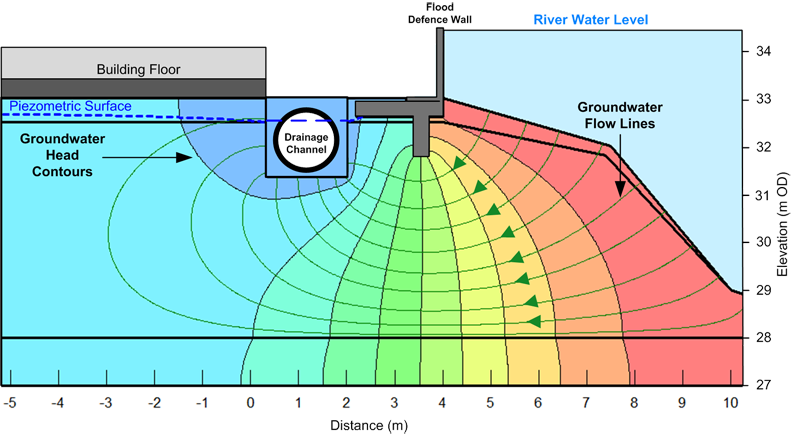
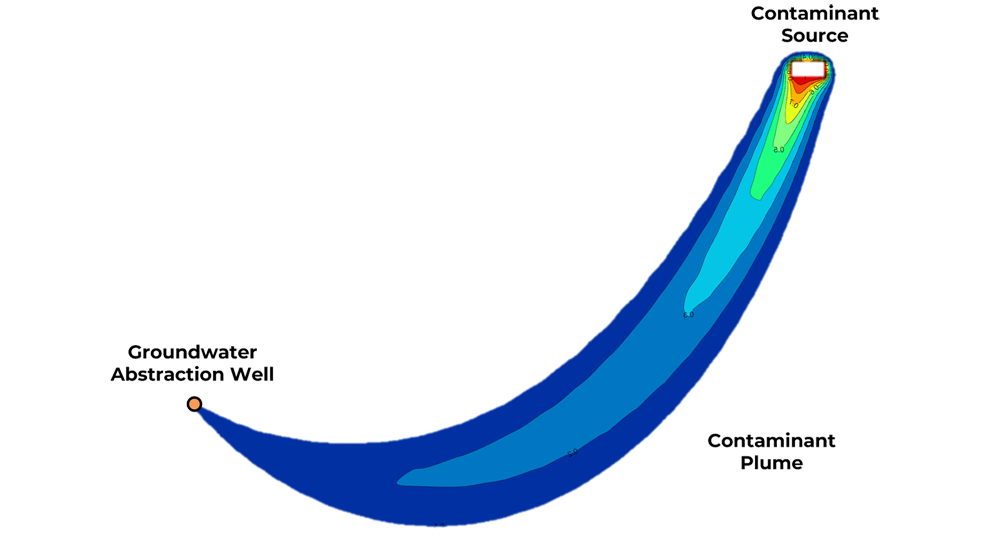
2D Contaminant Transport Analysis
OGI can undertake 2D cartesian or radial contaminant transport analysis using OGI in-house software SEFTRANS2D.
OGI can solve a number of contaminant transport problems such as:
- Migration of a contaminant plume in a regional groundwater flow field.
- Simulation of contaminated ground remediation using multiple remediation cleaning wells.
- Simulation of restricting contaminated groundwater movement by utilising a groundwater recirculation system consisting of recharge wells.
Slope Stability Analysis
OGI can undertakes slope stability analysis using the geotechnical finite element software tools PLAXIS 2D and 3D. The analysis is based on the design criteria set out in Eurocode EC7.
By combining our knowledge of groundwater control with slope stability analysis, we can achieve considerable cost savings for the client by eliminating the requirement for large scale sheet piling or other retaining wall structures.
OGI commonly undertake slope stability analysis for road and rail embankments and battered excavations. It can be offered as a standalone service, or a part of OGI STABLE-EARTHTM design service for weak saturated slopes.
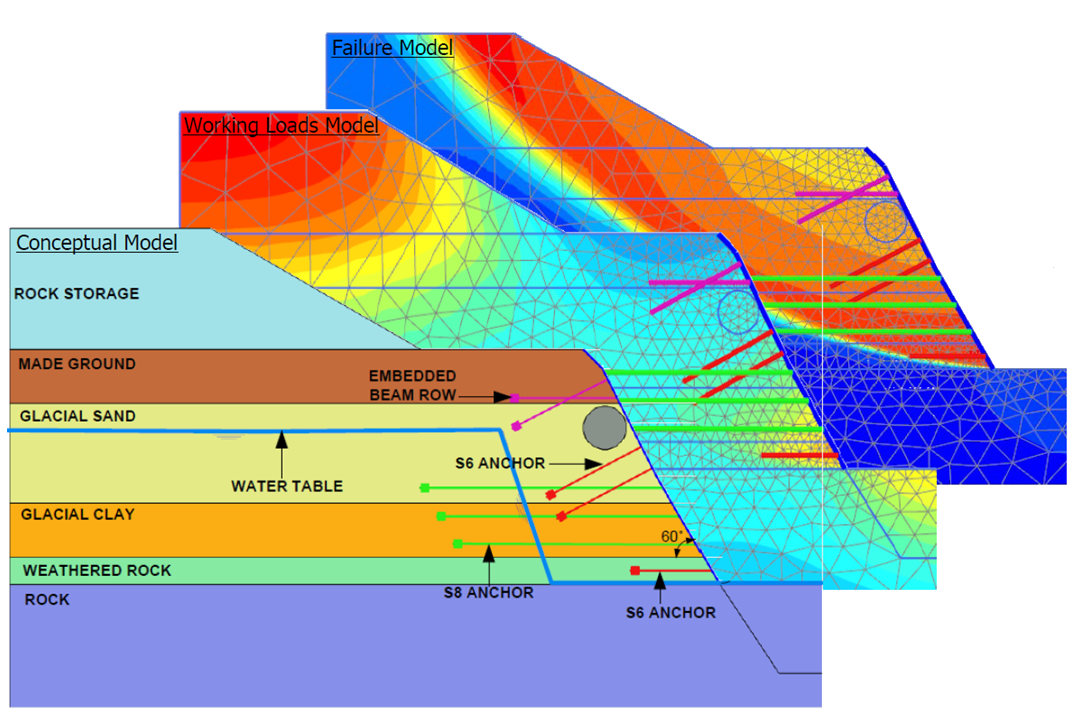
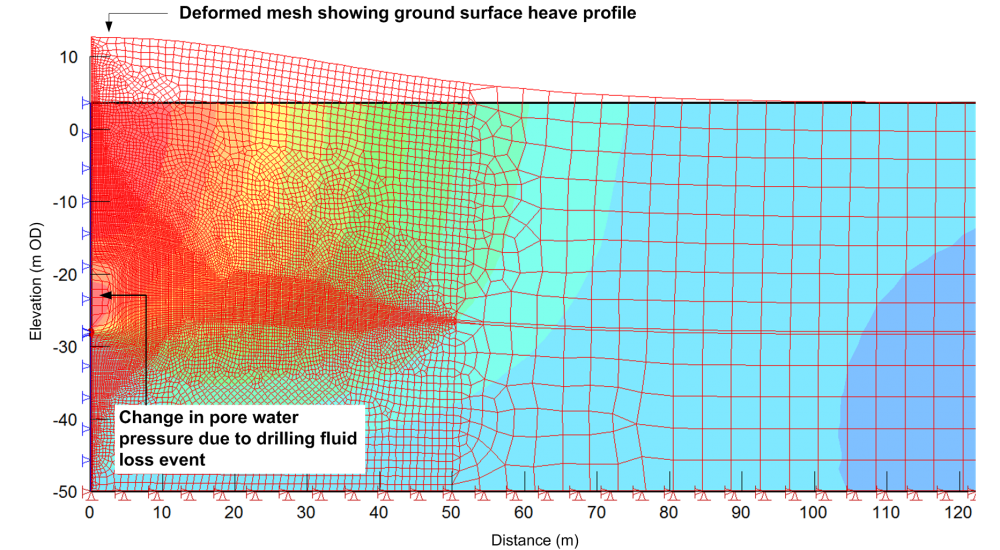
Coupled Pore Water Pressure and Stress-Strain Analysis
OGI can simulate ground deformation problems that occur due to changes in pore water pressure. OGI can use a combination of Geostudio SEEP/W and SIGMA/W, or PLAXIS 2D or 3D.
Typical engineering problems OGI can solve:
- Simulation of ground surface heave due to tunnel drilling fluid loss event.
- Ground consolidation after soil loading due to dissipation of excess pore water pressure.
- Stability of earth embankments and slopes due to changes in pore water pressure due to variable rainfall conditions.
3D Groundwater Flow Modelling
OGI can simulate challenging 3D groundwater flow problems where a traditional 2D groundwater flow model would not be suitable. For this OGI use finite element software PLAXIS 3D PlaxFlow.
Examples of groundwater engineering problems OGI solve using 3D models:
- Simulation of cofferdams located at water body interfaces, such as on rivers, ports and the sea, where geology and geometry are highly variable.
- Simulation of tunnelling projects, particularly when tunnelling intersects existing services and structures in the ground.
- Simulation of groundwater flow around and beneath basement structures, and the effect of constructing underground structures on the regional flow field and groundwater table.
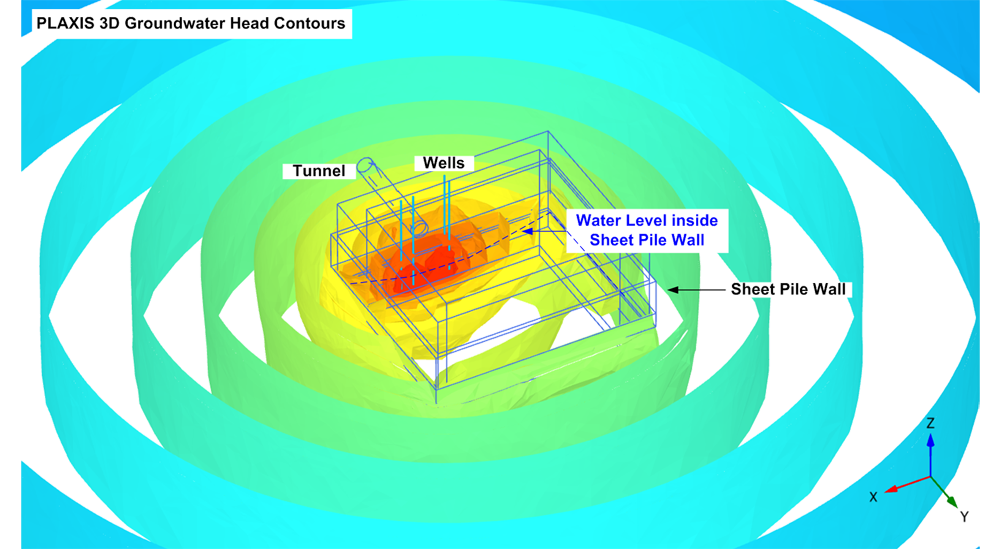
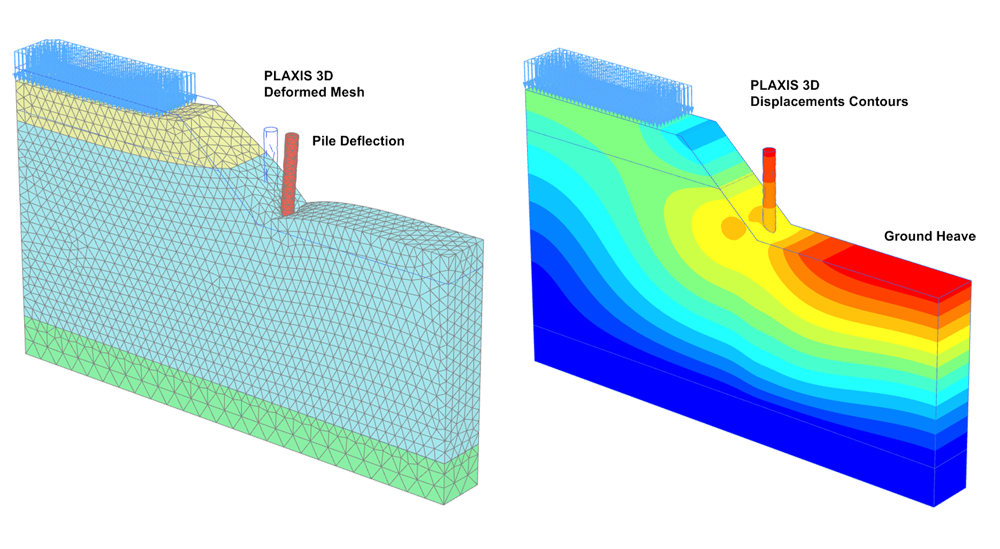
3D Soil Deformation Analysis
OGI can simulate challenging 3D soil deformation problems where a traditional 2D geotechnical model would not be suitable. For this OGI use geotechnical finite element software PLAXIS 3D.
Examples of ground engineering problems OGI solve using 3D models:
- Slope Stability analysis of embankments which include structures such as piles. Estimate factor of safety for slope stability and maximum pile deflection.
- Simulation of tunnelling projects in soft soils. Simulation of uplift forces due to buoyancy, and the resulting tunnel displacement.
- Simulation of uplift forces on basements and resulting deformations due to groundwater pressures.
Software used by OGI for groundwater and geotechnical modelling
Do you require any computer modelling services?
Please call us on +44(0)-191-378-7010 to discuss where OGI can assist you with your modelling requirements.
